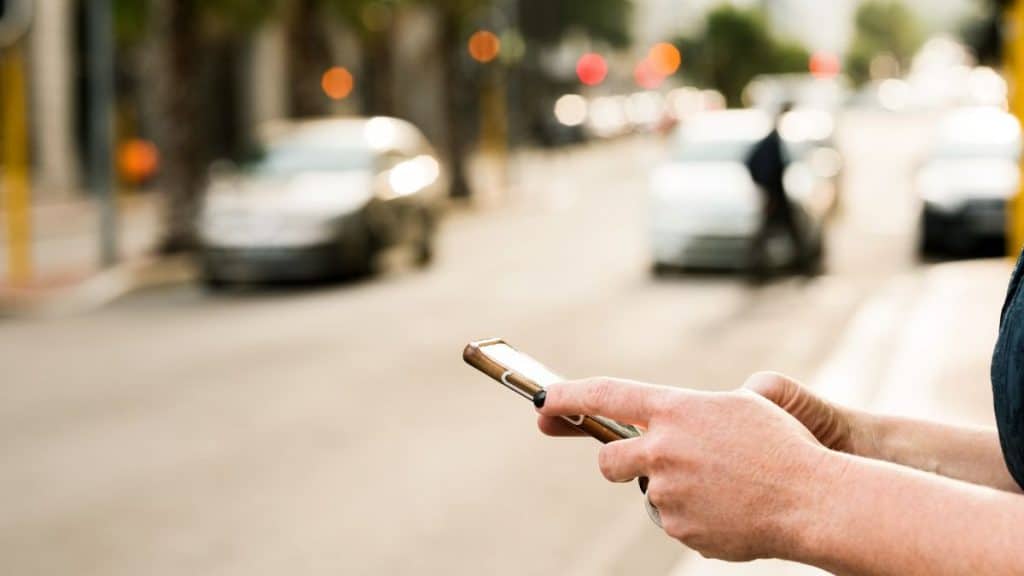When you’re planning a ride, one question comes up again and again: Is Uber cheaper than a taxi? On the surface, Uber often looks like the more affordable option. But in reality, the answer depends on when, where, and how far you’re going.
In this guide, we’ll compare Uber and taxis side by side to help you figure out which one really saves you money.
How Uber and Taxis Set Their Prices

Both Uber and taxis charge you based on distance and time, but they use different pricing models.
Uber uses a dynamic pricing system. The total fare includes a base fare, a per-mile charge, a per-minute charge, and a booking fee. Prices can also rise during busy times due to surge pricing.
Taxis, on the other hand, use a fixed base fare and a meter that adds costs as you ride. The meter calculates the price based on both distance and how long the trip takes. Taxis often follow government-regulated rates, which stay consistent.
Surge Pricing vs. Metered Rates
One major difference is that Uber’s pricing changes based on demand, while taxis follow fixed metered rates.
If it’s rush hour or a weekend night, Uber may apply surge pricing, where rates multiply based on rider demand. A ride that usually costs $15 could jump to $25 or more during a busy time.
Taxis don’t use surge pricing, but their meters keep ticking in traffic. So while the rate per mile stays the same, long traffic delays can still raise your taxi fare.
Average Uber vs. Taxi Prices in Major Cities
Prices vary by location, but here are a few typical comparisons:
- New York City: Taxis are often cheaper during peak hours, especially with fixed airport rates.
- Los Angeles: UberX tends to be cheaper than taxis for short to medium trips when surge pricing isn’t active.
- Chicago: Taxis and Uber are closely priced, but Uber usually wins outside of downtown.
- London: Uber is usually cheaper than black cabs unless surge pricing applies.
Using real-time fare estimators can give you the most accurate answer in your city.
Who Charges More for Airport Pickups—Uber or Taxis?
At many airports, Uber and Lyft add extra pickup fees, sometimes between $3–$5 or more. In some cities, Uber drivers also have to wait in a virtual queue, which can slow things down.
Taxis, however, often have flat rates to and from airports and may be available more quickly from a taxi stand. Depending on the city, a taxi could be the faster and cheaper option at the airport.
Hidden Fees and Add-Ons
Each service has its own list of possible extra charges. Here’s what you might see:
Uber:
- Booking fees
- Surge pricing multiplier
- Cancellation or wait time fees
- Airport or event pickup surcharges
Taxis:
- Extra passenger charges
- Late-night or holiday surcharges
- Baggage or luggage fees
- Idle time in traffic
Tolls, cleaning fees, and tips may also apply in both cases.
When Uber Is Usually Cheaper

Uber tends to be more affordable in certain situations, especially for short rides under 5 miles or when you’re traveling during off-peak hours like weekday mornings or early afternoons.
It also offers better value in suburban or smaller cities where taxis are less available or slower to arrive.
If you’re sharing a ride using services like Uber Pool (where available), the cost is often reduced even further.
One of Uber’s key advantages is its upfront pricing feature, which lets you see the total fare before the ride starts, helping you avoid surprises.
When Taxis Might Be the Better Deal
Taxis can be the more cost-effective option in certain situations. For long rides through heavy traffic, taxi fares may end up lower since Uber charges by the minute as well as distance, which can quickly add up.
They’re also often cheaper for airport trips, particularly in cities that offer flat-rate taxi fares to and from airports.
During high-demand times—like concerts, major events, or holidays—Uber’s surge pricing can make rides significantly more expensive, while taxi rates remain steady.
Because taxis don’t adjust their prices based on demand, their fares are more predictable when Uber’s rates spike.
What Other Factors Matter Besides Price—Like Time, Comfort, or Convenience?
While price matters, the overall ride experience is also important:
- Uber offers app tracking, estimated arrival times, and cashless payments. You can rate drivers and choose ride types (UberX, Comfort, etc.).
- Taxis can be easier to hail in busy cities and don’t rely on apps or battery life.
- Wait times vary by area, but Uber often arrives faster in suburban zones, while taxis may dominate city centers.
Both offer pros and cons depending on where you are and what matters most — speed, cost, or convenience.
Final Verdict: Which Is Cheaper Depends on the Situation
So, is Uber really cheaper than a taxi? The honest answer is: sometimes yes, sometimes no.
For short trips during quiet hours, Uber is often cheaper and more convenient. But for longer rides, airport pickups, or travel during high-demand times, taxis can save you money — and hassle.
Before you ride, compare prices in the Uber app and use a local taxi fare calculator. With just a minute of checking, you can pick the smarter and more affordable option.